Sign up for workout ideas, training advice, reviews of the latest gear and more.

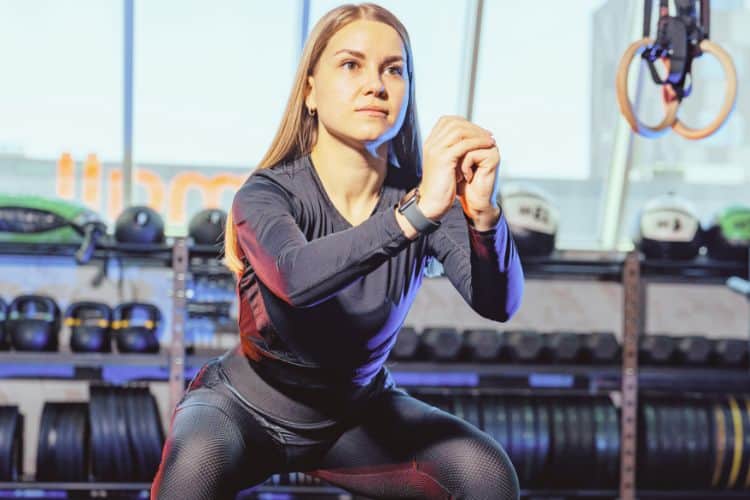
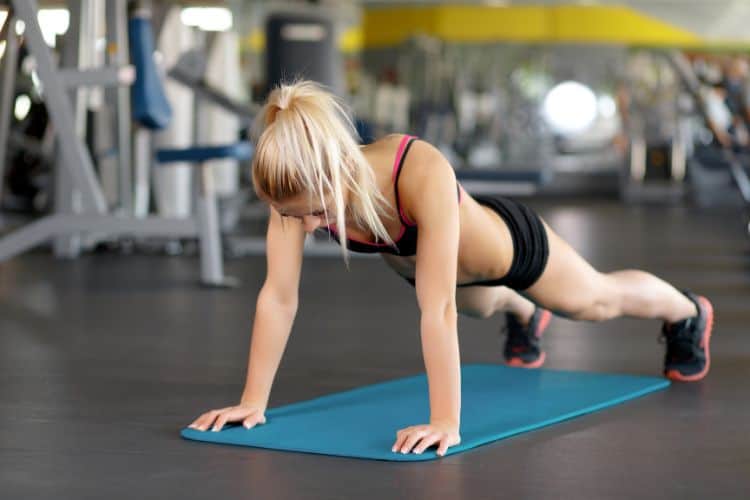
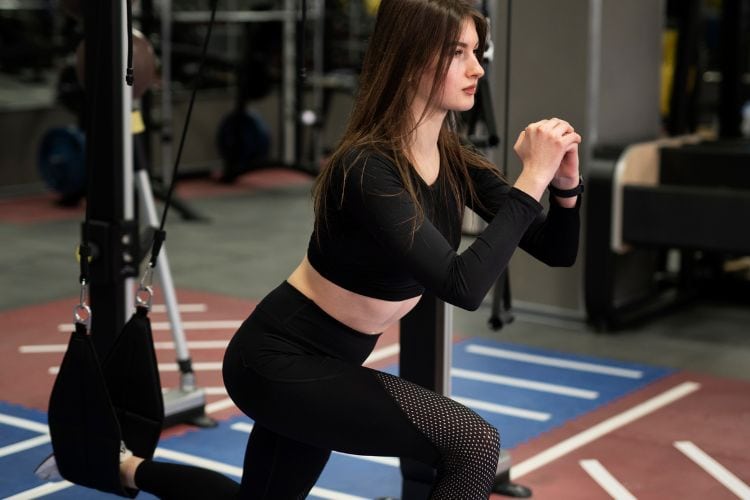
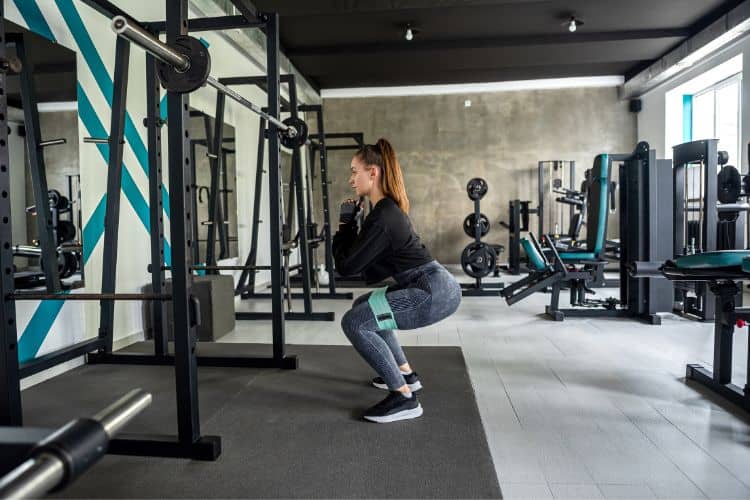
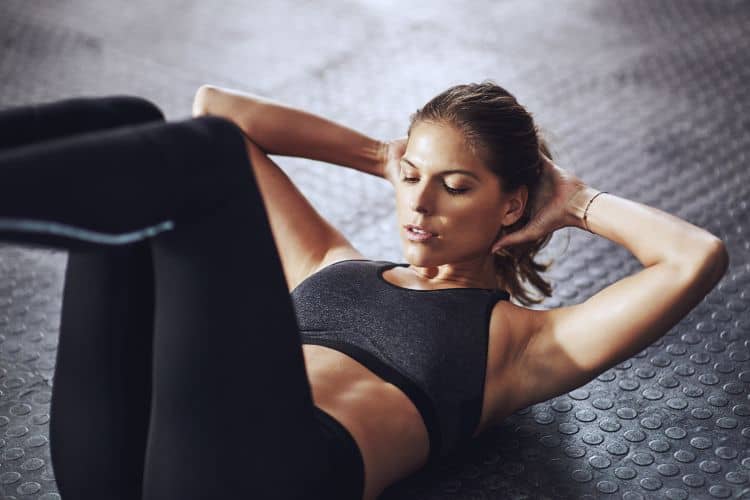
Your core is more than just your abs—it’s the central powerhouse of your body. Strengthening your abdominal muscles improves balance, posture, and overall functional movement. A strong core can reduce the risk of injuries, ease lower back pain, and support better athletic performance. For beginner, starting with the right ab exercise can lay the foundation for a strong, lean, and stable midsection.
Ab workouts train the muscles around your spine, helping you maintain a straight back and upright position throughout the day.
Your core is engaged in nearly every movement—from walking to lifting. Strengthening these muscles supports day-to-day activities and athletic performance.
A weak core can lead to poor form during workouts and strain on other muscle groups. Building core strength helps protect your spine and improves movement efficiency.
While abs are built in the kitchen, regular ab workouts sculpt the muscles underneath, helping you achieve a toned, defined look when paired with proper nutrition.
Before diving into the exercises, it’s important to know a few basic tips:
These beginner-friendly exercises require no equipment and can be done at home or the gym.
Muscles targeted: Rectus abdominis (front abs)
How to do it:
Reps: 2 sets of 12–15 reps
Tip: Don’t pull on your neck. Keep chin slightly tucked.
Muscles targeted: Lower abs
How to do it:
Reps: 2 sets of 10–12 reps
Tip: Focus on using your abs—not momentum.
Muscles targeted: Entire core
How to do it:
Time: Start with 20–30 seconds and build up.
Tip: Avoid sagging hips or raising your butt too high.
Muscles targeted: Transverse abdominis (deep core)
How to do it:
Reps: 2 sets of 8–10 reps per side
Tip: Keep your lower back pressed into the floor.
Muscles targeted: Core and lower back
How to do it:
Reps: 2 sets of 10 reps per side
Tip: Move slowly and keep your hips level.
Muscles targeted: Obliques and lower abs
How to do it:
Reps: 2 sets of 15 reps per side
Tip: Focus on side-to-side crunching motion, not neck strain.
Muscles targeted: Lower abs
How to do it:
Reps: 2 sets of 10 reps
Tip: Control the descent to feel your abs engage.
This 10-minute beginner ab routine can be done 3–4 times per week.
| Exercise | Duration/Reps |
|---|---|
| Basic Crunch | 15 reps |
| Reverse Crunch | 12 reps |
| Bird Dog | 10 reps per side |
| Dead Bug | 10 reps per side |
| Plank Hold | 30 seconds |
| Heel Taps | 15 reps per side |
| Leg Raises | 10 reps |
Rest: 30–60 seconds between exercises
Your abs are muscles—they need time to recover. Training 3–4 days a week is enough.
Doing hundreds of reps with bad form is ineffective and risky. Controlled reps with proper technique yield better results.
You can’t out-train a bad diet. Abs are revealed with a balanced, calorie-conscious meal plan.
Incorporate full-body strength and cardio to support fat loss and build core stability holistically.
While this post focuses on no-equipment moves, as you progress, you can explore:
For beginners, bodyweight training is more than enough to develop a solid core foundation.
This varies based on your diet, consistency, and starting point. Most beginners notice improved core stability and muscle tone within 4–6 weeks when training 3–4 times per week and maintaining a calorie-conscious diet.
No, unfortunately. Spot reduction is a myth. While ab workouts strengthen and shape your midsection, reducing belly fat comes down to:
Think of ab exercises as sculpting—cardio and diet help reveal your results.
Once you can complete your ab workouts with ease and proper form, it’s time to:
Progressive overload is key for continued improvement.
Ab exercises for beginners are a great starting point to develop strength, stability, and body control. With proper technique, consistency, and smart nutrition, you’ll build a foundation that supports everything from daily tasks to high-intensity workouts.
Stay patient, train smart, and celebrate your progress.
2–4 times per week is ideal. Give your core time to recover between sessions.
Not recommended. Like any muscle group, your abs need rest to grow and recover.
Basic crunches or heel taps are a great starting point due to simplicity and low risk.
No! All exercises above are bodyweight-based. Equipment can be added later for intensity.
10–15 minutes is enough for beginners. Quality over quantity is key.
Don’t wait for the “perfect time” to start. A few minutes of focused core training each day can drastically improve your strength, posture, and overall fitness. Whether your goal is a flatter stomach, better balance, or simply moving without pain—beginner ab workouts are the first step to lasting results.
Want more effective workouts?
Subscribe to our blog or follow us on Pinterest for new routines, challenges, and fitness tips!
Stay up to date on the latest women’s health, fitness and lifestyle trends and tips.